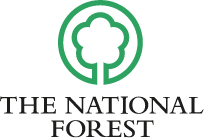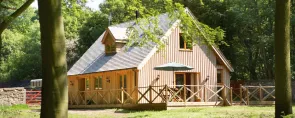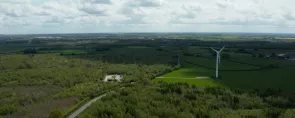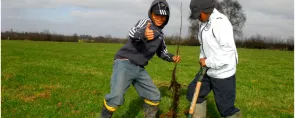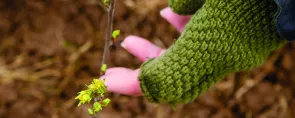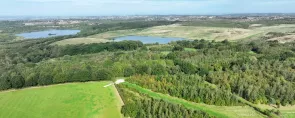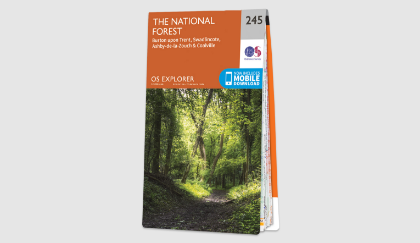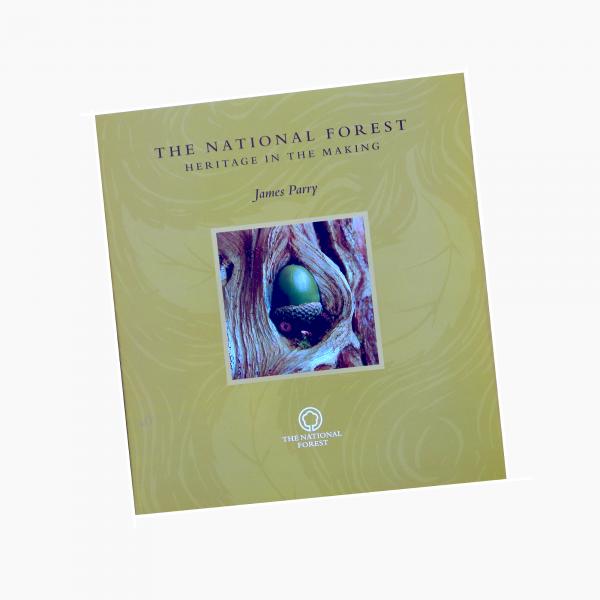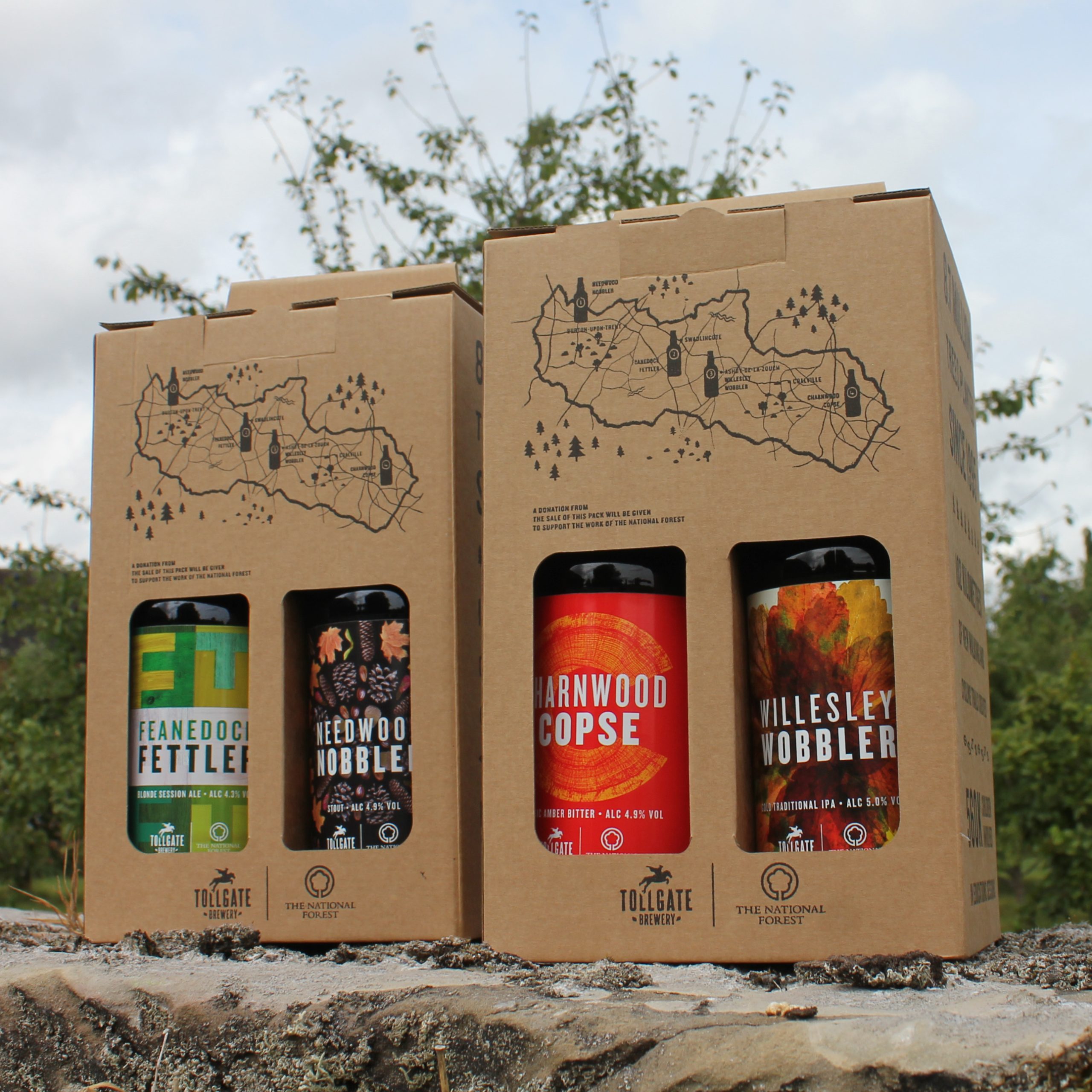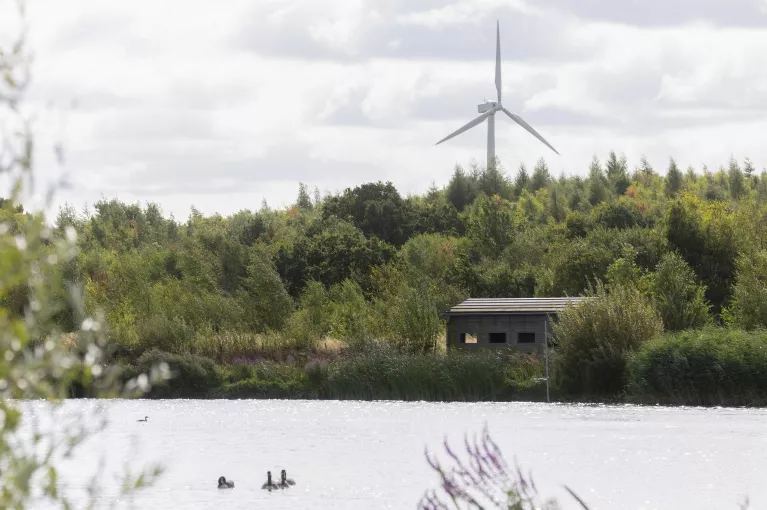At the heart of our success is a simple yet powerful principle: ‘the right tree in the right place’. By carefully selecting areas for new woodland creation, the Forest avoids disrupting existing nature reserves and carbon-rich areas, allowing for both environmental and community benefits.
Our innovative opportunity map is a bespoke tool that identifies the best locations for woodland creation, ensuring each tree planted delivers the greatest possible value for both people and nature.
Another critical factor in the National Forest’s success is the emphasis on long-term woodland management. With more than 500 hectares of land funded for habitat management each year, a higher percentage of woodlands in the Forest are in active management compared to the rest of the country. This means the restoration effort in the Forest is extended beyond simply planting trees. Native woodlands are being carefully managed to support wildlife, ensuring long-term sustainability for the ecosystem.
Our efforts have already seen forest cover increase dramatically—from just 6% in 1991 to over 25% today. This growth spans diverse habitats, including woodlands, scrub, and parklands, creating a large-scale wilder nature network that not only supports biodiversity but also provides vital green spaces for local communities.
One of the growing challenges for UK woodlands is the threat of tree pests and diseases. At the National Forest, we’re taking a proactive stance. Our dedicated forest manager works closely with landowners to identify risks early, funding activities that help prevent the spread of harmful pests and diseases, crucial in maintaining the health and resilience of our woodlands.
Our success also extends to protected sites within the Forest. An impressive 57% of Sites of Special Scientific Interest (SSSIs) in the National Forest are in recovery, outpacing the national average of 50%. In addition, our detailed assessments of Plantations on Ancient Woodland Sites (PAWS) show positive recovery trends in 34% of these critical areas. These results highlight our commitment to restoring and enhancing some of the nation’s most important ecosystems.
While many areas across the UK are seeing declines in biodiversity, the National Forest is bucking the trend. Over 8,000 hectares of habitat have been transformed, offering vital spaces where wildlife can thrive. Our targeted conservation efforts are helping species like the Purple Emperor butterfly and dormice make a comeback, demonstrating that, with the right approach, ecosystems can be restored and made resilient to future changes.
Growth and development don’t have to come at the expense of the environment. We are proving that progress and nature can go hand in hand. By working closely with developers, we’re ensuring that new projects integrate green spaces and contribute to forest creation. Nearly 40% of the new woodland planted in the last three years has been a direct result of land-use planning and development processes.
At a time when the future of many woodlands is uncertain, the National Forest stands as a powerful example of what can be achieved with the right approach.
From woodland creation and species recovery to proactive pest management, the Forest is a positive success story, bucking the negative trends seen elsewhere and offering hope for the future of Britain’s woodlands.
Together, we can protect and nurture the forests of the future.
Read the full State of Natural Capital Report by Natural England, here.
To support biodiversity in the National Forest, please consider donating to help us continue in our efforts to protect nature and wildlife by planting trees and creating more habitats for them to thrive.
